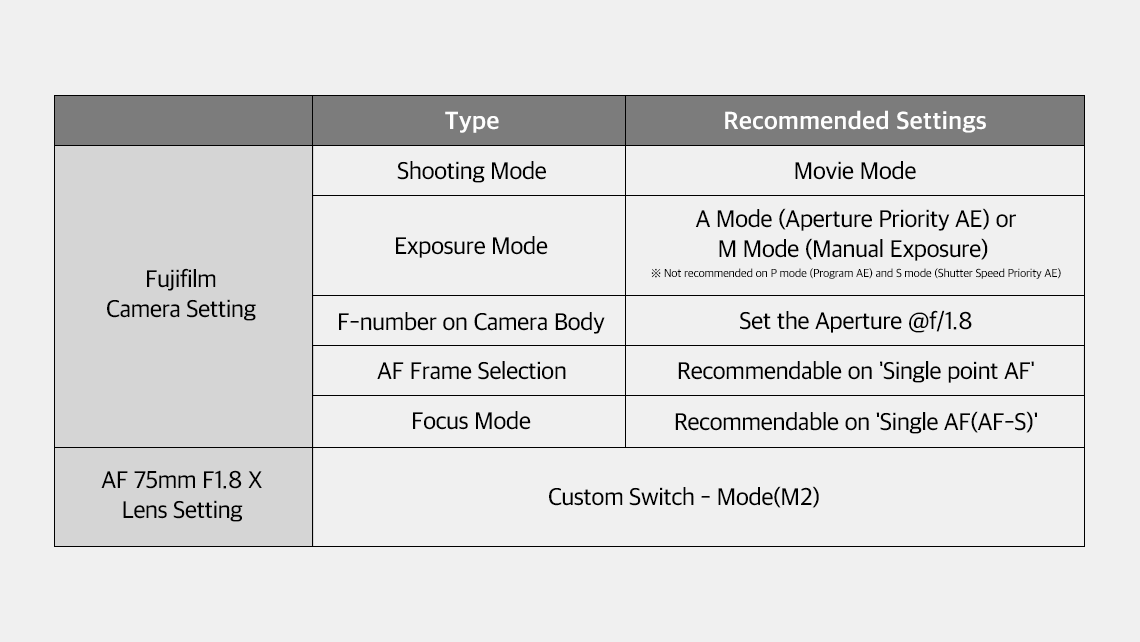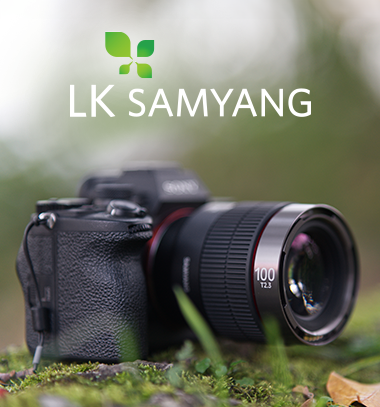BLOG
Capture The Night Sky
Samyang 14mm f2.8 –
Settings 14mm, f2.8, 20sec, iso6400
Hi I’m Daniel Gangur,
ambassador for Samyang Optics Australia, my main interest in photography is capturing Aurora and the Night Sky. I write tutorials, blogs and gear reviews at ;www.gippslandimages.com.au
I have been using Samyang lenses for Aurora and Astro
photography for about 6 years after purchasing the Samyang 14mm f2.8 for Aurora
photography as it was such a great value lens for it’s performance, it still
is. It is a lens I still use today along with quite a few other fast aperture
Samyang wide angle primes.
I’m often asked how to go about taking images of the night sky
so this blog post will be a quick tutorial for those new to capturing the
stars, hopefully this will give you the basics you need to shoot the stars
yourself.
Samyang 14mm f2.8 –
Settings 14mm, f2.8, 25sec, iso 3200
So where do we
start?
There are a few things that are needed for capturing the night
sky and getting pin point sharp stars apart from just your camera. A sturdy
tripod is really important and so is a lens that gathers a lot of light. We
need a sturdy tripod as it is our solid base for the camera allowing us to
shoot long exposures, the sturdier the better as it helps us get sharp images
even in windy conditions.
A lens with a fast, wide aperture allows us to gather enough
light to capture the stars without star trailing. Samyang’s primes are perfect
for this, not only do Samyang’s lenses offer fast wide apertures but they also
control coma very well. Coma is an aberration that causes stars to distort, not
something we want, many of Samyang’s lenses perform better than much more
expensive lenses when it comes to coma.
Aurora Australis – Samyang
14mm f2.8 – Settings 14mm, f2.8, 20sec, iso6400
The 500 rule
Technique, to help us get sharp stars there is a rule called the
500 rule. It helps us to work out the longest shutter speed we can use with a
certain focal length lens and still get sharp pin point stars with our long
exposures. How does it work? it is simply 500 divided buy our focal length, so
500/focal length = longest shutter speed we can use.
We will use a Samyang 14mm f2.8 lens as our example.
On a full frame camera this is how we would work out the longest
shutter speed we can use without star trailing,
500/14 = 33.3 so the longest shutter speed we can
use without star trailing is 33 seconds.
If we are using a crop sensored camera we would have to also
take this into account before using the above 500 rule. So using a Canon crop
sensor camera we would first multiply our focal length by 1.6, so 14 x 1.6 =
22.4. We would use this number, 22 as our focal length in the above equation
like this,
500/22 = 22.7 ;;;; so the longest shutter speed we could use
without trailing on a Canon crop sensor body is approx 23 seconds.
Each manufacturers crop factor is slightly different, a quick
google search will help you if you are unsure about your particular cameras
crop factor..
Personally I feel the 500 rule is more of a guide of where to
start with your shutter speeds with any particular focal length, often a
slightly shorter exposure will get sharper more pin point stars, so use this
rule as a starting point and adjust as you become more experienced, the more
you get out there taking images the more you will learn what works best for
different lenses.
But what about
aperture and iso?
I have just shown you how to choose an appropriate shutter speed
but we have a few other settings we also need to work out, ISO and Aperture. To
choose an aperture simply choose the widest, fastest aperture your lens is
capable of, as our example is the Samyang 14mm f2.8 lens our widest fastest
aperture is f2.8, this aperture will allow us to capture the most light. For
our ISO we need a high iso to help capture the stars so choose iso 1600 as a
start point, if this isn’t getting enough detail change it to iso3200 or
iso6400 or if it is too bright, take the iso back to iso800.
So now we have our basic settings to capture the night sky, the
settings would look something like this, 14mm, f2.8, 33 seconds, iso1600.
How do we
focus?
There are two ways that I personally use. The first way is to set my lenses focus ring to the infinity mark, this is a quick but not always a perfect way. The second is to use your cameras live view screen, magnify the screen so you can see the stars up close on the screen and then manually focus your lens until they are sharp. I have a quick tutorial on both these techniques on my website www.gippslandimages.com.au
Samyang XP 14mm – Settings 14mm, f2.4, 20sec, iso3200
Putting this
into practice.
Now we have an idea of the basic equipment, technique and
settings we can use that knowledge to shoot images of the stars.
I will go through the basic steps I took to take the above image
of my bike, tower and milkyway.
In the above image I set my tripod, camera and Samyang XP 14mm
f2.4 lens up. I used a torch to help me compose the shot, getting the tower
into the right position. I then set my camera in manual and changed the
settings, I chose an f2.4 aperture as it is the widest aperture on the Samyang
xp 14mm f2.4 lens. I then chose a shutter speed of 20 seconds, yes I could of
used a slightly longer shutter speed but I like to use a bit faster speeds for
less trailing and sharper stars. I then chose an iso of 3200, from experience I
know this helps me achieve a good exposure. I also set the cameras 2 second
timer to stop any camera shake causing blur from pressing the shutter button. I
then focussed using the live view method and took a shot.
The first shot wasn’t quite composed how I wanted so I
recomposed and took another shot, during the 20 second exposure I used my head
lamp to shine light on the tower and bike, the shot above was the result.
Samyang XP 14mm f2.4 –
Settings 14mm, f2.4, 20sec, iso3200
Hopefully this blog has been useful and helps you on your way to taking amazing images of the night sky, something I truly enjoy. I will say these settings and techniques are just a very basic starting point, the more practice, the more you will refine the settings and techniques and the better your images will become. Best of luck with your night sky photography, Daniel Gangur.













.jpg)